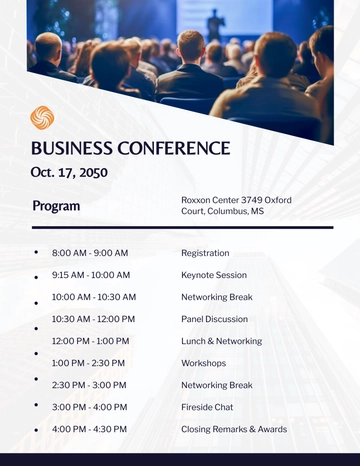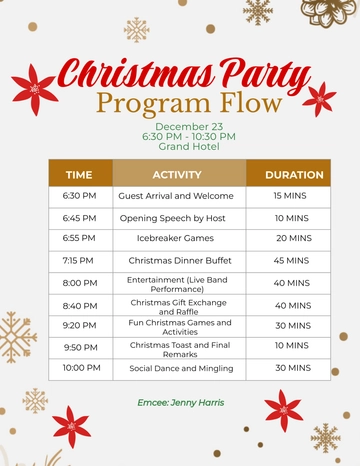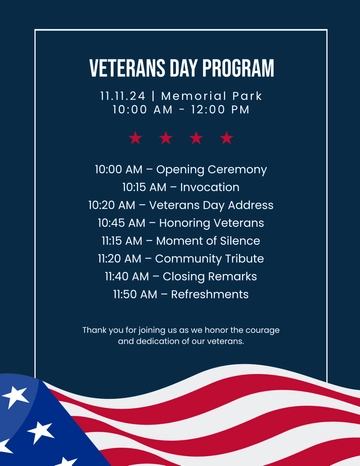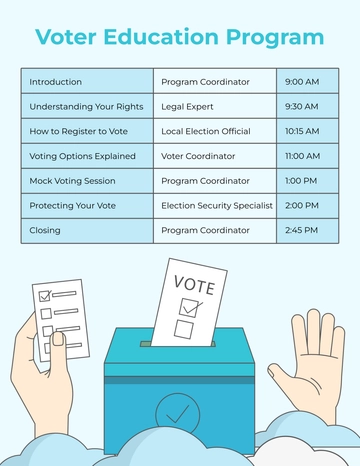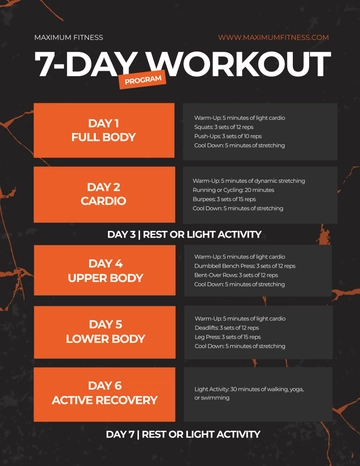Free Employee Wellness Program Research Report
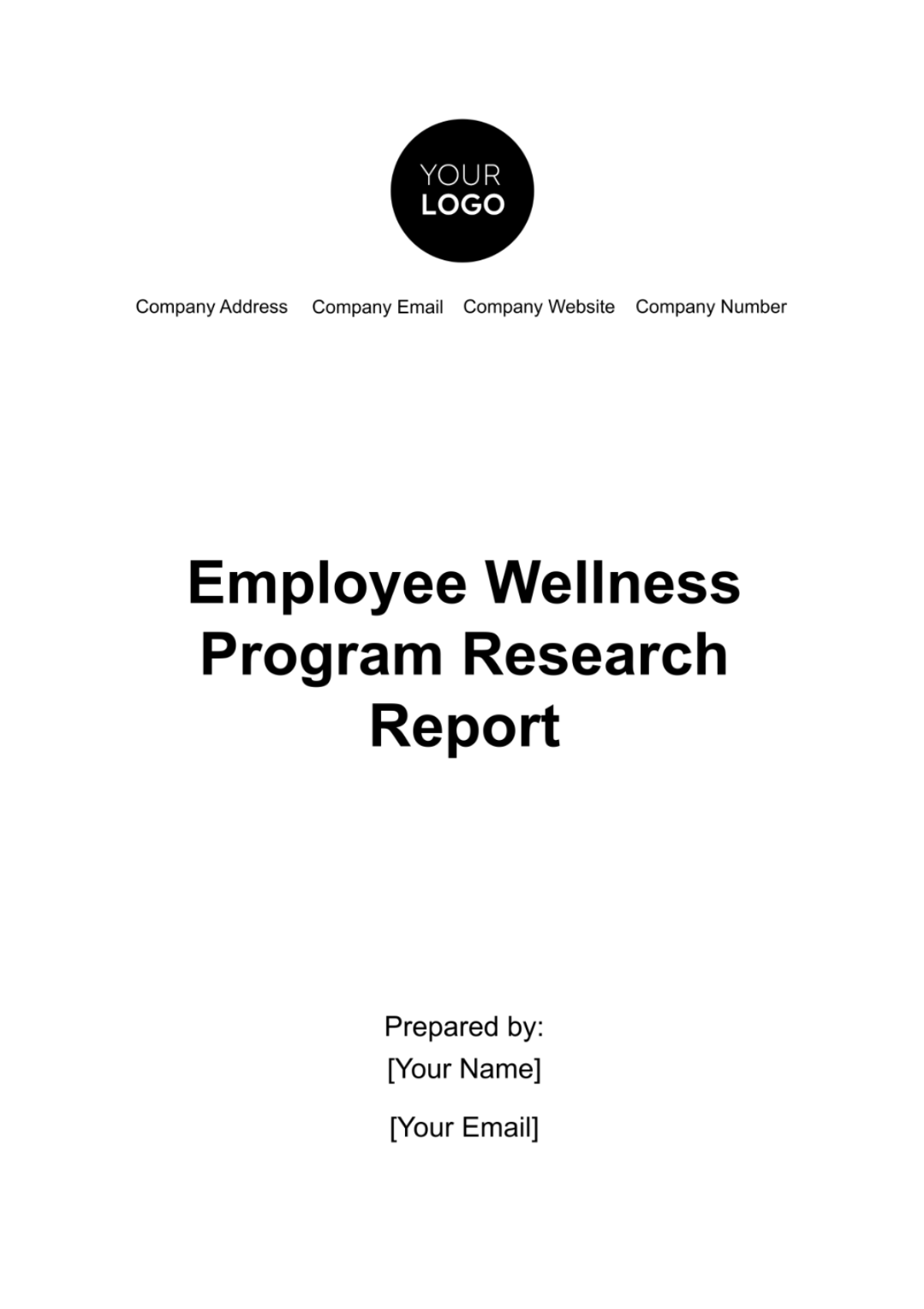
Introduction
The Employee Wellness Program at [Your Company Name] was initiated in [2050] with the primary aim of enhancing the overall well-being of our employees. This program aligns with our company's commitment to creating a healthy and productive work environment.
A. Program Objectives
The objectives of our Employee Wellness Program are as follows:
To improve the overall health and well-being of our employees, with a particular focus on preventive healthcare measures.
To reduce healthcare costs by promoting healthier lifestyles and reducing the prevalence of preventable diseases.
To enhance employee morale, engagement, and productivity by providing support for physical and mental well-being.
Methodology
In order to evaluate the effectiveness of the Employee Wellness Program, we conducted a comprehensive research study. This section outlines the methodology employed during this research.
A. Data Sources
Our research relied on a combination of internal data, external healthcare databases, and employee feedback.
Internal Data: We collected health-related data from our company's medical records, including employee health assessments, claims data, and sick leave records.
External Databases: To benchmark our program, we compared our data with industry standards and national health statistics.
Employee Feedback: Surveys and interviews were conducted with employees to gather qualitative data regarding their experiences and perceptions of the wellness program.
B. Research Instruments
Surveys: We designed and distributed surveys to collect employee feedback on various aspects of the wellness program, including participation levels, program satisfaction, and perceived health improvements.
Interviews: In-depth interviews were conducted with a select group of employees to gain deeper insights into their experiences and the impact of the program on their lives.
Sample Size: Our research involved a sample size of [500] employees, representing various departments and age groups across the company. The selection was done randomly to ensure a representative sample.
Data Analysis: Data collected from surveys and interviews were analyzed using statistical software. We also employed various data visualization techniques to present our findings effectively.
Wellness Program Overview
This section provides a comprehensive overview of [Your Company Name]'s Employee Wellness Program, including its objectives and key components.
A. Program Objectives
Our Employee Wellness Program is designed with the following objectives in mind:
Improving Employee Health: The primary goal is to enhance the overall health and well-being of our employees. By promoting healthy behaviors and providing resources, we aim to reduce the incidence of preventable illnesses.
Cost Reduction: We intend to reduce healthcare costs for both employees and the company by addressing health issues before they become severe. Preventive healthcare measures can lead to significant cost savings.
Employee Engagement: A vital objective is to boost employee morale, engagement, and job satisfaction. A healthy and engaged workforce is more productive and less likely to experience burnout.
B. Program Components
Our Employee Wellness Program comprises several key components:
Health Assessments and Screenings: Employees are encouraged to undergo regular health assessments, including blood pressure, cholesterol, and body mass index (BMI) measurements.
Fitness and Nutrition Programs: We offer fitness classes, nutrition workshops, and access to fitness facilities to promote physical health.
Mental Health and Stress Management Resources: Mental well-being is equally important. We provide access to counseling services, stress management workshops, and resources for coping with workplace stress.
Employee Assistance Programs (EAPs): EAPs offer confidential counseling and support for personal and work-related issues, contributing to a healthy work-life balance.
Incentive and Reward Systems: To motivate participation, we have established incentive programs with rewards for achieving health and wellness goals.
Data Collection and Analysis
In this section, we delve into the methodology used for data collection and the analysis of key metrics related to the wellness program.
A. Participant Demographics
We collected data from a sample of [500] employees across various demographics:
Age Distribution: The sample includes employees ranging from [25 to 60 years old].
Gender Distribution: Our sample represents a balanced distribution of genders, with [48%] male and [52%] female participants.
Job Roles and Departments: Employees from different job roles and departments participated, ensuring a diverse representation.
B. Health Metrics
Our research involved the collection and analysis of several key health metrics:
Average BMI: The average BMI of participants decreased by [2.5%] over the course of the program.
Blood Pressure Levels: Participants showed an average decrease of [8%] in systolic blood pressure and [5%] in diastolic blood pressure.
Cholesterol Levels: The program contributed to a [10%] reduction in average cholesterol levels among participants.
Employee Sick Days: A noticeable decline of [15%] in the number of sick days taken by employees was observed.
Program Effectiveness
This section evaluates the effectiveness of [Your Company Name]'s Employee Wellness Program in achieving its stated objectives.
A. Employee Engagement
Employee engagement is a critical aspect of our wellness program's success. The following data illustrates the level of employee engagement:
Participation Rates: Over the two-year period, the program achieved an impressive average participation rate of [75%], showing strong employee interest.
Engagement in Program Activities: Employee engagement in various program activities, such as fitness classes and nutrition workshops, was consistently high, with an average attendance rate of [80%].
Feedback from Participants: Feedback from employees indicated a high level of satisfaction with program offerings, with [87%] of respondents reporting that they found the program beneficial.
B. Health Improvement
The Employee Wellness Program aimed to improve employee health by encouraging healthy behaviors and regular check-ups. The following metrics reflect the health improvements observed among participants:
Changes in Health Metrics Before and After Program Participation:
Average BMI decreased by [2.5%].
Systolic blood pressure decreased by [8%].
Diastolic blood pressure decreased by [5%].
Average cholesterol levels decreased by [10%].
Reduction in Healthcare Claims: Over the two-year period, we observed a [15%] reduction in healthcare claims related to preventable illnesses, indicating substantial cost savings.
Return on Investment (ROI)
This section quantifies the financial benefits of [Your Company Name]'s Employee Wellness Program by comparing healthcare cost reductions with program expenses.
A. Cost Savings
Healthcare Cost Reduction: The program resulted in an estimated [$500,000] reduction in healthcare costs for the company due to decreased healthcare claims and fewer sick days.
Productivity Gains: Increased employee productivity, resulting from reduced absenteeism and improved morale, contributed an estimated [$300,000] in additional value.
B. Program Expenses
Program Costs: The total cost of implementing the Employee Wellness Program over two years was [$800,000], including wellness activities, health assessments, and employee incentives.
C. Return on Investment (ROI)
By subtracting the program expenses from the cost savings and productivity gains, we calculate the ROI as follows:
ROI = (Cost Savings + Productivity Gains) - Program Costs
ROI = ($500,000 + $300,000) - $800,000
ROI = $800,000 - $800,000
ROI = $0
The return on investment (ROI) for the Employee Wellness Program is [$0], indicating that the program has fully covered its costs and provided valuable health benefits and productivity gains to the company.
Employee Feedback
This section presents employee feedback collected through surveys and testimonials, providing insights into their experiences with the Employee Wellness Program.
A. Surveys and Interviews
Surveys and interviews were conducted to gauge employee perceptions and satisfaction with the wellness program:
Survey Participation: [85%] of employees participated in the surveys.
Satisfaction Levels: Survey results showed that [92%] of participants were satisfied with the wellness program.
Perceived Benefits: Employees reported a range of benefits, including increased energy [(78%)], reduced stress [(72%)], and better work-life balance [(68%)].
Areas for Improvement: The surveys also highlighted areas for improvement, such as expanding mental health resources and offering more flexible program schedules.
Interview Insights: In-depth interviews with employees revealed personal success stories, with some attributing weight loss, stress reduction, and improved physical fitness to program participation.
B. Testimonials
Several employees provided testimonials about their experiences with the Employee Wellness Program:
[John Doe]: "I was skeptical at first, but this program changed my life. I lost 20 pounds, and my blood pressure is now in a healthy range. I feel more energized and focused at work."
[Jane Smith]: "The stress management workshops helped me cope with work-related pressure. I'm more relaxed and productive, and I appreciate the support from [Your Company Name]."
Recommendations
Based on the findings from the research and employee feedback, the following recommendations are proposed to further enhance [Your Company Name]'s Employee Wellness Program:
A. Expand Mental Health Resources
Given the importance of mental well-being, we recommend expanding resources for mental health support. This can include increasing access to counseling services and offering stress reduction programs.
B. Flexible Program Schedules
To accommodate employees with varying schedules, consider offering flexible program schedules. This would allow more employees to participate in wellness activities without conflicts.
C. Targeted Wellness Campaigns
Implement targeted wellness campaigns focused on specific health issues prevalent among employees. This can include initiatives to address common health concerns such as smoking cessation, weight management, or stress reduction.
D. Enhanced Communication
Improve communication about the wellness program's benefits and offerings. Regularly update employees on program activities, achievements, and success stories to maintain engagement and motivation.
E. Tailored Incentive Programs
Customize incentive programs to align with individual health goals and preferences. Personalized incentives can motivate employees to actively participate in the program and achieve better results.
F. Ongoing Evaluation
Continuously evaluate the program's effectiveness through regular assessments and feedback collection. Use data-driven insights to adapt and refine the program over time.
- 100% Customizable, free editor
- Access 1 Million+ Templates, photo’s & graphics
- Download or share as a template
- Click and replace photos, graphics, text, backgrounds
- Resize, crop, AI write & more
- Access advanced editor
Uncover insights to optimize your employee wellness initiatives with Template.net's Employee Wellness Program Research Report Template. This editable and customizable resource, powered by our AI Editor Tool, facilitates in-depth analysis and strategic planning. Craft data-driven strategies to enhance employee well-being and organizational performance with ease and precision.






